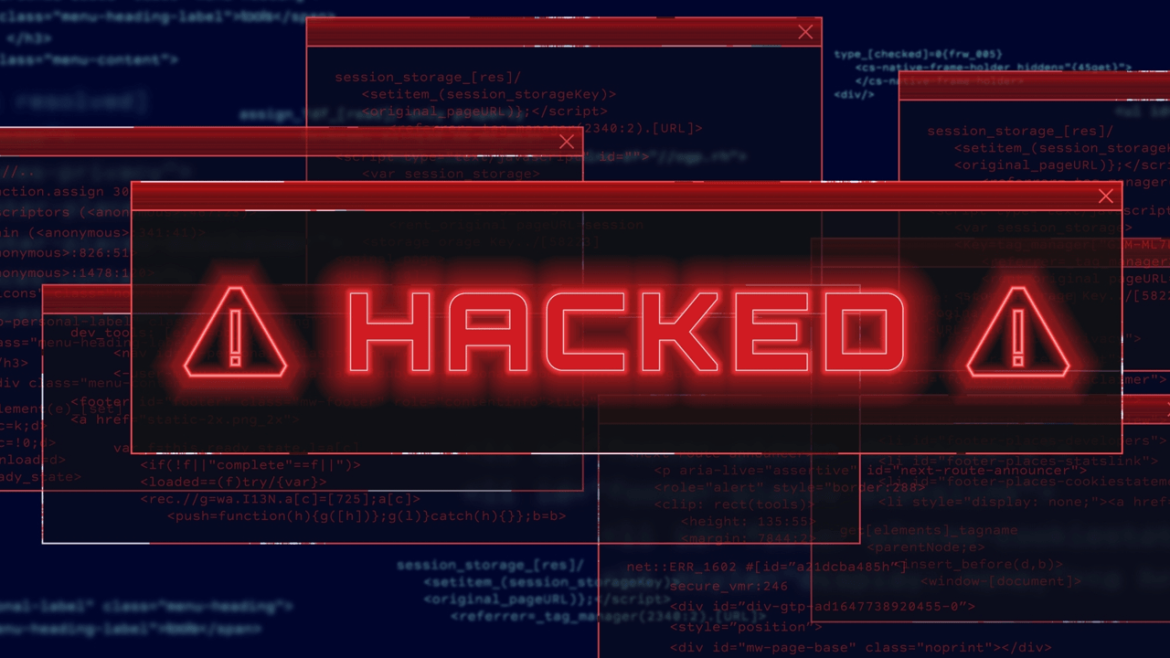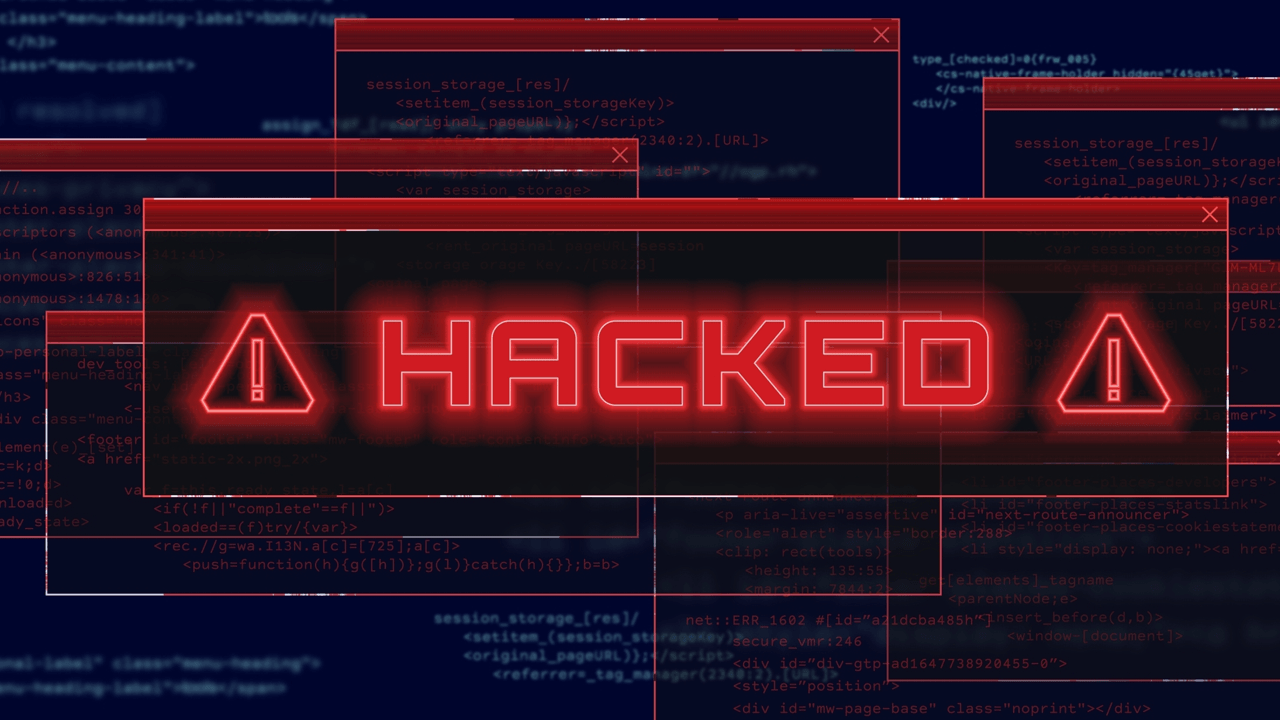The CoinDCX Hack: A Deep Dive into the $44 Million Loss and Its Implications
A Breach in the Fortress?
The cryptocurrency landscape, often celebrated for its cutting-edge security measures like blockchain technology, has once again been rocked by a significant security breach. This time, the victim is CoinDCX, one of India’s leading crypto exchanges. Initial reports suggest a staggering $44 million has been compromised. If confirmed, this incident represents not only a substantial financial loss but also raises critical questions about the security protocols and risk management strategies employed by crypto exchanges, particularly in rapidly growing markets like India. The attack highlights the persistent challenges of securing digital assets in an ever-evolving threat environment.
The Anatomy of the Attack: Solana Hot Wallet and Internal Operational Account
While details are still emerging, preliminary information paints a concerning picture. The breach appears to have originated from a compromised Solana hot wallet. Hot wallets, while providing convenient access to funds for frequent transactions, are inherently more vulnerable to online attacks compared to cold wallets, which are stored offline. The hacker reportedly funded the initial stages of the attack with 1 ETH obtained from Tornado Cash, a cryptocurrency mixer often used to obscure the origin of funds. This highlights the sophistication and planning involved in the attack.
Furthermore, reports indicate that the attackers exploited an internal operational account used for liquidity purposes on a partner exchange. This suggests a potential weakness in CoinDCX’s internal security controls and the management of its relationships with partner exchanges. The attack underscores the need for exchanges to implement stricter access controls, multi-factor authentication, and continuous monitoring of internal accounts to prevent unauthorized access.
The Financial Fallout: Tracing the Stolen Funds
The immediate aftermath of the hack involved the movement of stolen funds across multiple platforms. A significant portion, approximately $15.8 million, was moved to Ethereum via a bridge, further complicating efforts to trace the funds. This rapid movement and the use of cross-chain bridges are common tactics employed by hackers to launder stolen cryptocurrency and evade detection. The ability to quickly transfer funds across different blockchains underscores the need for enhanced monitoring and collaboration between exchanges and blockchain analytics firms to effectively track and recover stolen assets. The complexity of these transactions presents a significant challenge for law enforcement and asset recovery specialists.
CoinDCX’s Response and the Spectre of Regulatory Scrutiny
As of now, there has been no official confirmation from CoinDCX regarding the hack or the amount stolen. The lack of immediate transparency and communication can erode user trust and further damage the exchange’s reputation. In the wake of such a significant security breach, it is crucial for CoinDCX to provide a detailed explanation of the incident, including the steps taken to contain the damage, the measures being implemented to prevent future attacks, and the plans for compensating affected users. This incident is likely to attract increased regulatory scrutiny, particularly in India, where the regulatory framework for cryptocurrencies is still evolving. Regulators may use this event to justify stricter security requirements and oversight for crypto exchanges operating within the country.
The Broader Implications: Cybersecurity in the Crypto Industry
The CoinDCX hack is not an isolated incident; it is part of a broader trend of increasing cyberattacks targeting cryptocurrency exchanges and related infrastructure. The industry faces a constant barrage of sophisticated attacks, ranging from phishing campaigns and malware infections to more complex exploits targeting vulnerabilities in blockchain protocols and smart contracts. This incident serves as a stark reminder of the importance of robust cybersecurity measures, including multi-factor authentication, cold storage of funds, regular security audits, and proactive threat intelligence. Furthermore, it highlights the need for greater collaboration and information sharing within the crypto industry to collectively defend against cyber threats.
The Solana Factor: A Growing Concern?
The reported involvement of a compromised Solana hot wallet in the CoinDCX hack raises concerns about the security of the Solana blockchain ecosystem. While Solana offers high transaction speeds and low fees, it has also been the target of several security incidents in the past. These incidents have raised questions about the robustness of its security model and the potential vulnerabilities in its smart contracts and related infrastructure. The CoinDCX hack could further erode confidence in the Solana ecosystem and prompt developers and users to re-evaluate the security risks associated with using the platform.
Learning from Failure: A Recurring Theme
The world of startups is littered with the stories of companies that burned brightly, only to crash and burn. The article regarding startup failure post-mortems highlights a critical point – learning from mistakes is paramount for survival and future success. In the context of the CoinDCX hack, a thorough post-mortem analysis is essential. This analysis should not only focus on the technical aspects of the attack but also examine the organizational and operational factors that may have contributed to the breach. By identifying the root causes of the incident, CoinDCX can implement targeted improvements to its security posture and prevent similar incidents from occurring in the future.
The Human Element: The Weakest Link
Cybersecurity is not just about technology; it is also about people. Human error and negligence often play a significant role in security breaches. The CoinDCX hack may have involved social engineering tactics, such as phishing or spear-phishing, to compromise internal accounts or gain access to sensitive information. It is crucial for crypto exchanges to invest in comprehensive security awareness training for their employees, educating them about the latest cyber threats and best practices for protecting against them. Furthermore, implementing strong access controls and segregation of duties can help to minimize the risk of insider threats.
Conclusion: A Call to Action for Enhanced Security
The CoinDCX hack, with a potential loss of $44 million, serves as a wake-up call for the entire cryptocurrency industry. It underscores the persistent vulnerabilities in crypto exchanges and the need for a more proactive and comprehensive approach to cybersecurity. Exchanges must prioritize security investments, implement robust security controls, foster a culture of security awareness, and collaborate with industry peers and regulators to collectively defend against cyber threats. The future of the cryptocurrency industry depends on its ability to build a secure and trustworthy ecosystem that can withstand the ever-evolving challenges of the digital age. Failing to do so risks undermining user confidence and stifling the growth of this innovative technology. The price of security is eternal vigilance, and in the fast-moving world of crypto, that vigilance must be unwavering.





